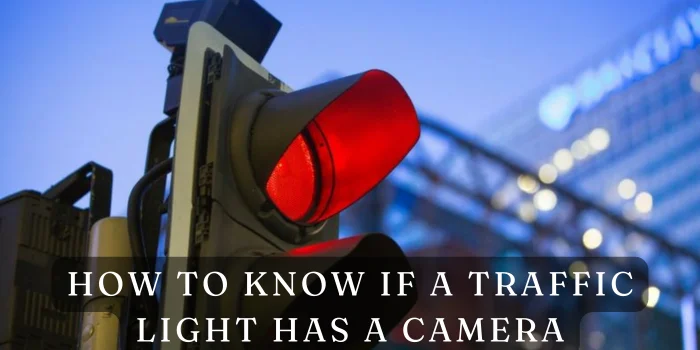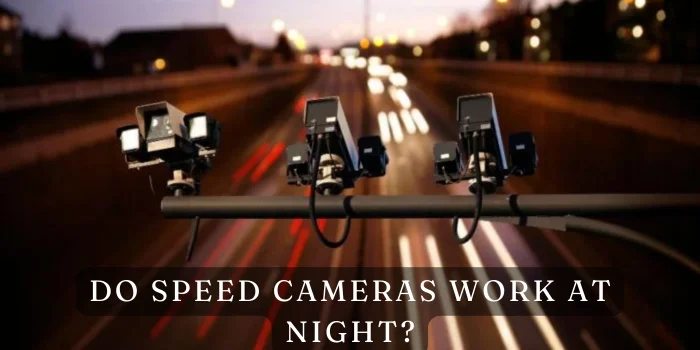Do Traffic Cameras Discriminate Against Certain Drivers?
Imagine You’re driving home from work, minding your speed, when a flash of light catches your eye. Weeks later, a ticket arrives in the mail—no officer, no warning, just a camera capturing your license plate. Traffic cameras are ubiquitous, but their fairness is under scrutiny. Do these automated systems uphold justice, or do they quietly penalize specific groups of drivers? Let’s unpack the debate.
How Do Traffic Cameras Work?
Traffic cameras are designed to automate enforcement, but their mechanics vary.
Types of Traffic Cameras
There are two primary types:
- Red-light cameras: Triggered when a vehicle enters an intersection after the signal turns red.
- Speed cameras: Use radar or sensors to detect vehicles exceeding speed limits.
Both capture license plate images, leading to citations mailed to vehicle owners.
The Purpose of Automated Enforcement
Supporters argue traffic cameras reduce accidents by enforcing rules 24/7 without risking police officers’ safety. However, critics question whether profit motives overshadow public safety goals, especially when fines disproportionately burden marginalized communities.
The Rising Debate Over Fairness
While cities report fewer collisions near camera-monitored areas, Data reveals a troubling pattern: low-income and minority neighborhoods often receive more tickets. Is this a coincidence, or does systemic bias influence these outcomes?
Allegations of Discrimination in Traffic Enforcement
Claims of unfair targeting have fueled lawsuits, protests, and policy reforms.
Racial and Socioeconomic Bias
Studies show traffic cameras cluster in areas with higher Black, Hispanic, and low-income populations. For instance, a 2021 ProPublica investigation found predominantly Black neighborhoods in Chicago had triple the number of red-light cameras compared to wealthier, whiter districts. Fines—often exceeding $100—disproportionately strain households already facing financial hardship.
Geographic Disparities in Camera Placement
Cameras frequently appear near highways, school zones, and high-traffic corridors. However, these areas often overlap with economically disadvantaged communities. Critics argue this placement prioritizes revenue over safety, as struggling neighborhoods may lack infrastructure updates (e.g., clearer signage or wider roads) that could prevent violations.
Factors Contributing to Potential Bias
Several elements may explain why traffic cameras unfairly impact certain groups.
Camera Placement Choices
Municipalities often install cameras where accident rates are high—but these zones may also correlate with outdated infrastructure. Narrow roads, poor lighting, and confusing signage in lower-income areas can make drivers more prone to mistakes, turning these neighborhoods into “hotspots” for ticketing.
Enforcement Priorities and Revenue Generation
In cities like Chicago and Philadelphia, traffic fines contribute significantly to local budgets. Chicago’s red-light camera program generated over $1 billion in revenue since 2003, raising concerns that financial incentives—not safety—drive camera placements. When municipalities rely on fines to fund services, equity often takes a backseat.
Data Collection and Algorithmic Flaws
Automated systems rely on algorithms to detect violations, but flawed data can lead to errors. For example, outdated speed limit databases might mislabel drivers as speeding. Worse, biased training data could overlook systemic inequities, such as higher traffic volumes in underserved areas.
Case Studies Highlighting the Issue
Real-world examples underscore the tension between safety and fairness.
Chicago’s Red Light Camera Controversy
Chicago’s red-light camera program faced legal battles after investigations revealed corruption and racial bias. In 2020, the Chicago Tribune reported cameras were removed from affluent neighborhoods with declining accident rates but remained in poorer areas with similar safety improvements. Critics accused the city of exploiting vulnerable communities for revenue.
Speed Cameras in Low-Income School Zones
Baltimore’s speed camera program in school zones sparked outrage when data showed 90% of tickets went to drivers from low-income ZIP codes. Advocates argued the $40 fines—equivalent to a week’s groceries for some families—criminalized poverty rather than promoting safety.
Legal Challenges and Court Rulings
Courts remain divided on traffic cameras’ legality. Some states, like Texas and Mississippi, banned them, arguing they violate due process rights by assuming the vehicle owner was driving. Others, including Arizona and New York, uphold them as constitutional safety tools. This legal patchwork leaves drivers uncertain about their rights.
Ethical Concerns in Automated Traffic Systems
Beyond legality, traffic cameras raise moral questions.
Profit Motives vs. Public Safety Goals
When cities profit from fines, the line between safety and exploitation blurs. Imagine a dentist earning bonuses for finding cavities—would you trust their diagnosis? Similarly, municipalities reliant on camera revenue may prioritize ticketing over preventative measures like better road design.
Lack of Transparency and Accountability
Many cities refuse to disclose contracts with camera Operators or detailed revenue reports. Without transparency, it’s impossible to verify if cameras serve the public good—or private interests.
Public Perception and Trust in Traffic Cameras
A 2022 Pew Research survey found 58% of Americans distrust traffic cameras, labeling them “cash grabs.” Trust erodes further in communities inundated with fines, where residents view cameras as tools of oppression rather than protection.
Solutions to Mitigate Discrimination
Reforms could realign traffic cameras with fairness.
Community Involvement in Camera Placement Decisions
Residents should have a say in where cameras go. Participatory budgeting or town hall votes could ensure placements reflect local safety needs, not just revenue potential.
Independent Audits and Oversight
Third-party reviews of camera data and revenue allocation could prevent bias. For example, audits might reveal if tickets drop after infrastructure upgrades, proving cameras aren’t just “band-aids” for systemic issues.
Income-Based Fines and Penalty Adjustments
Finland scales speeding fines to income—a CEO might pay thousands, while a teacher pays less. Adopting a sliding scale in the U.S. would ease burdens on low-income drivers while maintaining consequences for reckless behavior.
The Future of Traffic Cameras: Balancing Safety and Equity
Traffic cameras aren’t disappearing, but their role must evolve. Future systems could pair automated enforcement with equity audits, ensuring cameras address accident-prone areas without penalizing marginalized groups. Imagine AI that detects unsafe roads and recommends infrastructure fixes—a win-win for safety and justice.
Conclusion
Traffic cameras sit at a crossroads: they can either perpetuate inequality or become tools for equitable safety. While they reduce accidents, biased placement and profit-driven models undermine their potential. To rebuild trust, cities must prioritize transparency, community input, and fairness. After all, safer roads shouldn’t come at the cost of justice.
FAQs
1. Do traffic cameras disproportionately ticket low-income drivers?
Yes. Studies show cameras are often placed in areas with higher minority and low-income populations, leading to unequal ticketing rates.
2. Can traffic camera tickets be contested?
Absolutely. Most jurisdictions allow drivers to challenge tickets via written appeals or court hearings.
3. Do traffic cameras reduce accidents?
Evidence is mixed. Some studies report fewer collisions, while others note increases in rear-end crashes due to sudden stops.
4. Why are traffic cameras banned in some states?
States like Texas argue they violate due process rights, as tickets are issued to vehicle owners regardless of who was driving.
5. How can cities make traffic cameras fairer?
Solutions include income-adjusted fines, community-led placement decisions, and independent audits to ensure transparency.


